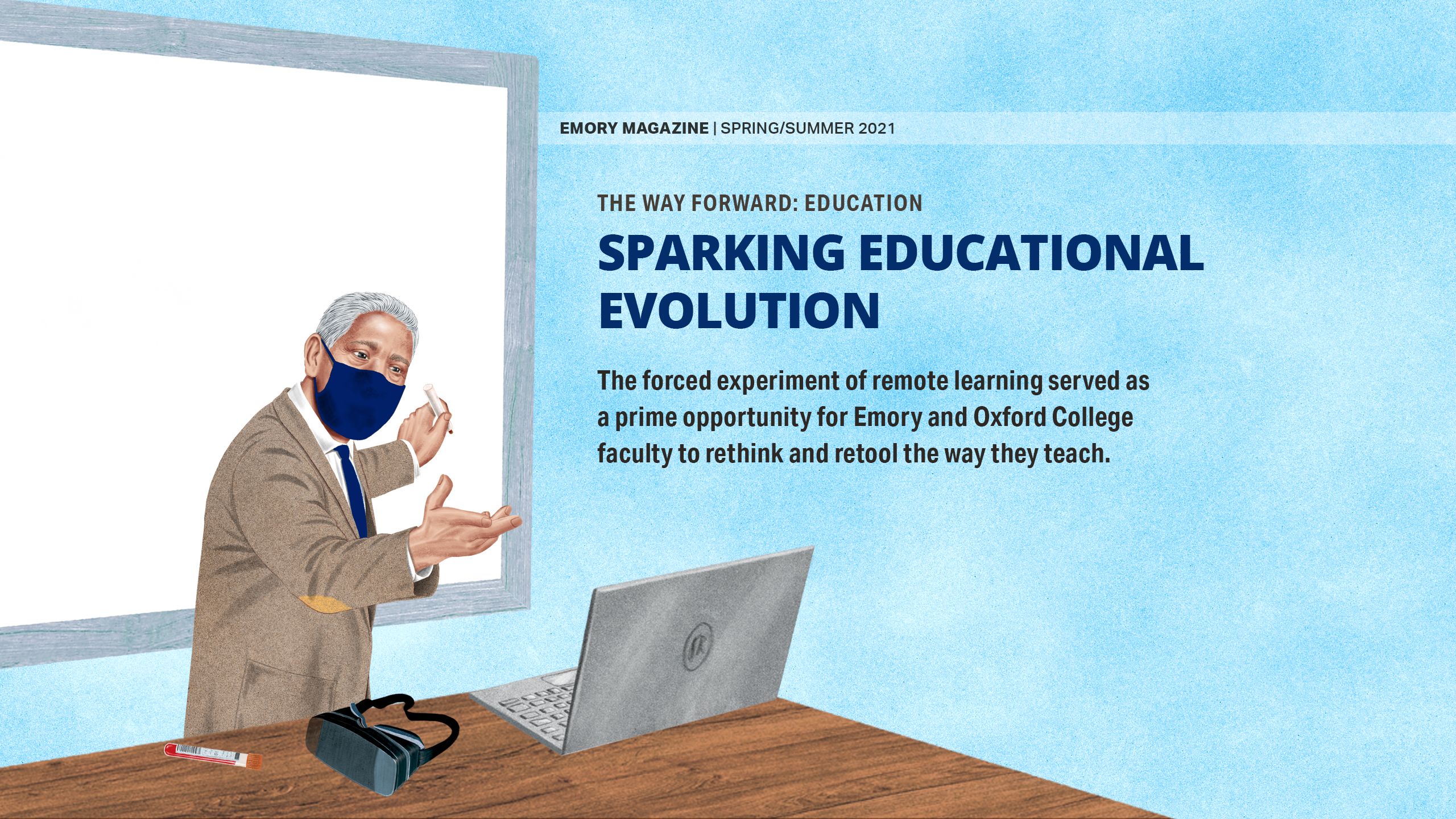
For universities across the world, education was turned on its head last spring when the global pandemic suddenly made remote learning necessary, requiring quick decisions and creative solutions that turned classrooms into living laboratories.
This transition demanded that educators take a hard look at everything from curriculum and teaching styles to the role of technology in supporting virtual classrooms, in some cases completely scrapping long-established practices in favor of bold new approaches.
Beneath it all, essential—and existential—questions arose: What is most important here? How should we be delivering a quality education at a highly selective institution like Emory? What really matters to our students?
And while the year offered both challenges and untold hardships for teachers and students, many Emory faculty say critically reexamining their courses, teaching tools, and overall approaches to education provided a valuable exercise. It was an opportunity to consider anew how they connect with, engage, and educate students.
From the labor-intensive work of keeping learning alive for thousands of students scattered around the globe—a forced experiment few could have anticipated—came discoveries that will carry forward, enduring lessons destined to live far beyond the time of COVID-19.
While the promise of technology was highlighted as never before, at the same time those lessons also amplified the importance of human connection—the intangible “magic” that arises both inside and outside the classroom within the residential university experience.
And that, Emory educators insist, is something that will never be taken for granted.

THOUGH it’s hard to imagine remote teaching bringing people together, for Wesley Longhofer the experience affirmed something he’s always known: Learning is a social process rooted in relationships.
That’s one reason Longhofer lived as a faculty-in-residence in the Woodruff Residential Center with his family prior to the pandemic. “It gave me a deeper appreciation of my students as people, as their whole selves,” he explains.
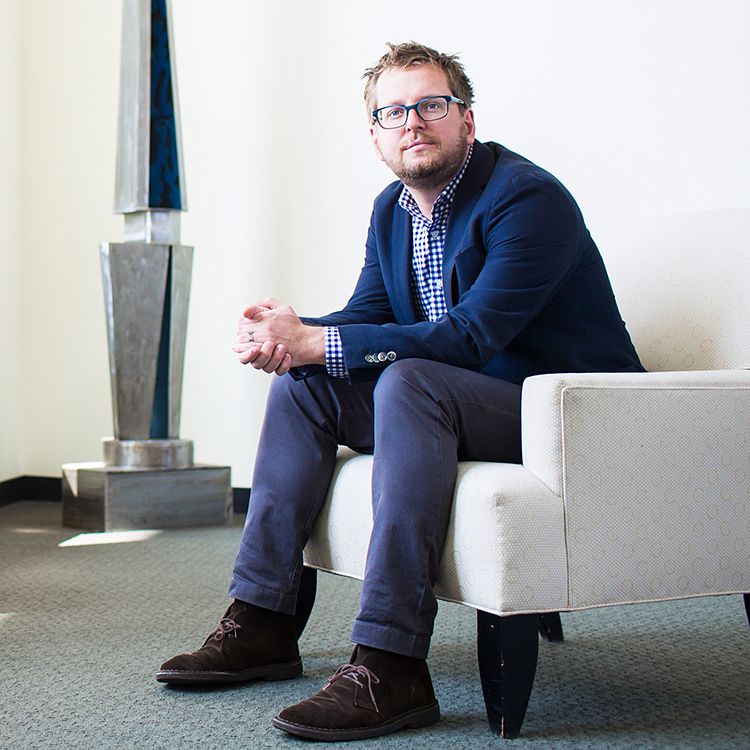
Wesley Longhofer, associate professor of organization and management and executive director at the Roberto C. Goizueta Business and Society Institute
“As a parent, I think so much about the learning environment for my kids. As a teacher, my instinct is to ensure everyone gets the support they really need,” says Longhofer, associate professor of organization and management and executive director at the Roberto C. Goizueta Business and Society Institute.
Last fall, that meant offering both synchronous and asynchronous components of his online Business and Society course to accommodate students in different time zones, encouraging frequent check-ins or deliberately engaging even the quietest students in his Zoom classroom.
In recognition of an unprecedented academic year, Longhofer asked his students to write a letter to their future selves on what they hoped the world might look like two years from now—particularly as it relates to business and society. “I then plan to email their letter back to them in two years to maintain connection,” he says.
Working with international students around the globe, writing instructor Sarah Harsh nurtured connection with the theme “Writing Home”—encouraging them to create written and digital essays about their own homes, lives and cultures “which brought them into the classroom in rich and productive ways,” she says.
“It felt special to create community during a worldwide pandemic,” says Harsh, a postdoctoral fellow teaching in the Emory Writing program. “The energy is different, but there is definitely a sense of camaraderie, that we’re in this together.”
In the past, Longhofer has enjoyed visiting with students outside the classroom, where ideas, questions, and conversations percolate naturally. With distance learning, those moments became structured and deliberate. More recently, his office hours have evolved to include walk-and-talks at Emory’s Lullwater Preserve.
“Students told me they were just happy to see a professor when we met in Lullwater,” he says. “They actually sent notes of appreciation. In fact, I think I heard more from students in my online classes than I have from my in-person classes. And the gratitude goes both ways. I am thankful for everything my students did to remind me why I love teaching.”
For her online Italian classes, senior lecturer Christine Ristaino used writing prompts to help students learn about language and culture by examining their own lives. Sharing personal experiences “opened up this great exchange about cultures and languages, drawing us all closer,” she says. “I will do it for the rest of my teaching career.”
Conversely, as one of the few Emory College faculty members teaching on campus this past fall, Jeffrey Lesser found himself leading class surrounded by two panes of six-foot-tall plexiglass to students distanced across a large classroom. Though it was far from ideal, many of his students reported that being together was the highlight of their semester.
“As it turns out, sitting in rooms with really smart people talking about ideas and research methods—even behind our masks—was better than Zoom. I think students and faculty all recognize more than ever the value of teaching in person,” says Lesser, Samuel Candler Dobbs Professor of History and director of the Halle Institute for Global Research.

Wesley Longhofer, associate professor of organization and management and executive director at the Roberto C. Goizueta Business and Society Institute
Wesley Longhofer, associate professor of organization and management and executive director at the Roberto C. Goizueta Business and Society Institute
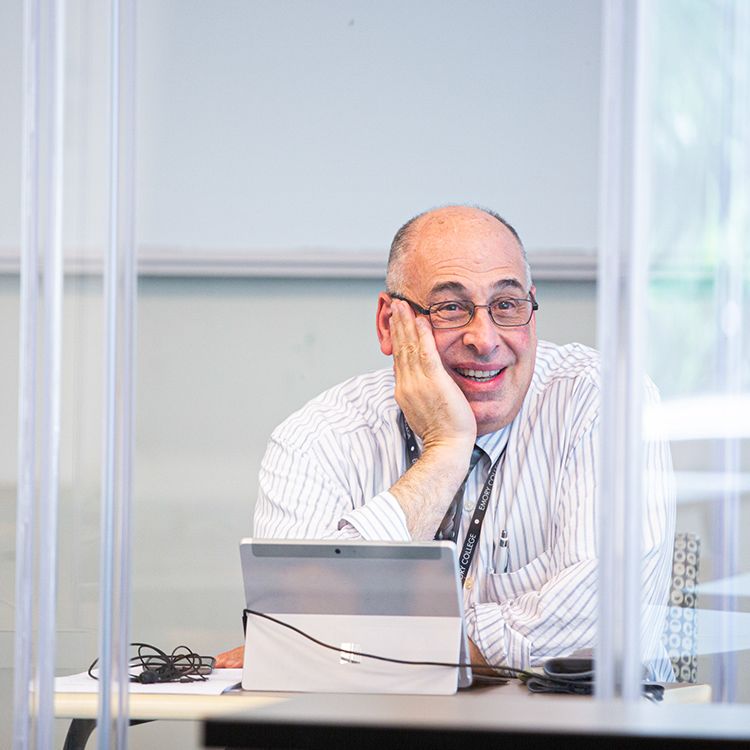
Jeffrey Lesser, Samuel Candler Dobbs Professor of History and director of the Halle Institute for Global Research
Jeffrey Lesser, Samuel Candler Dobbs Professor of History and director of the Halle Institute for Global Research

MOST of Mizuki Mazzotta’s Japanese language class last summer was composed of international students—and the switch to remote learning found them scattered from China, Korea, and the Middle East to Atlanta.
As a former international student herself, “I was a big fan of international exchange, but had always thought it should be in person,” she says. “Suddenly, everything is online—and my beliefs changed.”
Working with university colleagues in Japan, Mazzotta created her own collaborative online learning experience. Using Voice Thread, a platform that supports interactive video conversations, her students brushed up on language skills by talking with university student learning partners in Japan, asking about their lives and fostering friendships.
“My students loved it,” she says. “The pandemic gave me the opportunity to try something new. I’ll definitely use it again.”
“We saw faculty try new ways and find success. It was that spirit of exploration, a willingness to do things by trial and error, that made this possible.”
Whether hosting virtual speakers from around the country or taking a class trip via Google Earth, helping Oxford students Zoom into classes on the Atlanta campus—and vice versa—or engaging students with social media and musical playlists synced to classroom topics, teaching during a pandemic unleashed a frenzy of faculty innovation.
Oxford College Dean Douglas A. Hicks commends faculty creativity and commitment for making the online experiment work. “We saw faculty try new ways and find success,” he says. “It was that spirit of exploration, a willingness to do things by trial and error, that made this possible.”
He adds: “Remote teaching tools will be even more powerful when they become the complements to, and not the replacement for, in-person instruction.”
Julio Medina was teaching hip-hop and dance history classes last spring when everything migrated online. “At first, the COVID-19 outbreak really baffled the dance field,” says Medina 13C, assistant professor of dance and movement studies. “Most of our learning is in the body and in person, which was a major challenge.”
But with a quick pivot, “the dance community quickly rose to the occasion to adapt and continue, finding ways to continue dancing while maintaining health and safety,” he says.
Last fall, he taught three dance movement classes on campus. For safety, the studio was taped off into widely spaced squares, and dancers followed strict protocols, including masking and physical distancing.
But the restrictions also forced choreographers to reimagine performance spaces, from a sweeping staircase to an empty campus street, with sunshine replacing stage lights.
“One of my biggest takeaways was actually how to be a more empathetic teacher,” Medina says. “The experience helped me slow down and clarify my teaching in a really good way, leaning toward the service of students, both their academic learning and emotional well-being.”

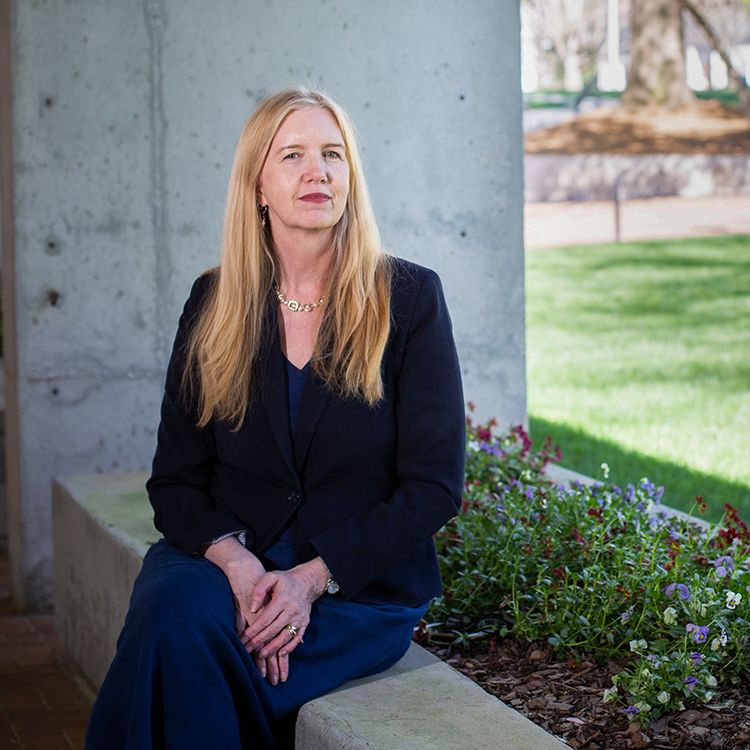
Pamela Scully, vice provost of undergraduate affairs in the Office of the Provost
Pamela Scully, vice provost of undergraduate affairs in the Office of the Provost

AFTER weathering a global pandemic, the question remains: Will we ever think about education the same way?
“For a university that treasures the residential learning experience, it’s clear that faculty and students still seek the connection of in-person teaching, and it is important to lean in to what we stand for at Emory,” says Pamela Scully, vice provost of undergraduate affairs in the Office of the Provost.

Pamela Scully, vice provost of undergraduate affairs in the Office of the Provost
"One can imagine that online classes will be one of a wider range of offerings as we move forward."
“But we’ve also learned that certain types of classes can work better online, and we we can leverage that,” she adds. “This will enable us to continue to think creatively about how we can bring our Oxford and Atlanta students together in the classroom and beyond. Also, our students probably have become used to having the option of taking a class online. One can imagine that online classes will be one of a wider range of offerings as we move forward.”
Though dozens of faculty members already had experience teaching online courses through Emory’s robust summer programs, hundreds at Emory and Oxford colleges spent three weeks last summer stepping into the online classroom to acquire new tools and techniques. “The best way to teach online is to put yourself in the shoes of students,” says Sara Jackson Wade, director of online learning for Emory College.
“Where we had an advantage was that we’ve been incredibly intentional over the past five years to develop what an Emory course looks like online and how we can deliver it with the same academic rigor and engagement,” Wade says.
From April through June 2020, more than 700 faculty members participated in trainings on how to plan and execute online courses. “There was a lot of skepticism at first, but as faculty got into it, they became excited. I was encouraged to hear from those who discovered tools they could integrate into any course,’” she adds.
“I was always very resistant to the idea of online teaching. The pandemic really forced me to try it, to rethink the benefits. And I was very pleasantly surprised. It was a really great experience.”
Consider biology professor Jaap de Roode among the happily converted. “I was always very resistant to the idea of online teaching. The pandemic really forced me to try it, to rethink the benefits. And I was very pleasantly surprised,” he says. “It was a really great experience.”
Last fall, his introductory biology class drew 100 students. Using a flipped-classroom model, students watched his prerecorded lectures sometimes featuring silly songs tied to the topic (think “Circle of Life” and ecology)—then entered the virtual classroom ready for multimedia activities.
He found that randomly assigning students to virtual breakout groups increased class engagement and offering office hours online—or in the evening—could draw up to 30 students at once, an option he’ll definitely continue.
“I’ve never in my life seen the participation I had in office hours last fall,” he says. “For students, it wasn’t as intimidating. You could go and learn from others.”
Moreover, students responded with enthusiasm. “They were super engaged and their performance was on par or better than my in-person classes. The class average went up and my end-of-semester evaluations were actually higher than when I taught in person,” he says. “I don’t want to give up on this.”

Early in the pandemic, Emory College of Arts and Sciences Dean Michael A. Elliott recalls reading predictions that a shift to online learning would be “the death of traditional residential education,” pushing higher education to a remote, digital future.
“Instead, the pandemic has shown us how much students value a residential experience as part of their education,” Elliott says. “We’ve learned a lot about how we can use technology to augment that experience. In a counterintuitive way, one of the things we’ve learned is how residential learning is really key to the undergraduate collegiate experience. Our students have shown that; our faculty have voiced that.”
At the same time, leaving room for experimentation and innovation, being flexible in the face of the unexpected, will be essential to navigating future challenges, Elliott insists.
“There is a perception that online education is a way to reduce costs. It can be, but only if you are willing to diminish quality, and at Emory we’re not willing to do that.”
And he credits the incredible efforts—of students, staff, and faculty members—that went into making online learning work. “The dedication of students is both humbling and astonishing,” he says. “And faculty were enormously creative and caring, confronting problems in real-time for which there was no playbook and working through them.”
Now that Emory has proven it can provide remote learning that doesn’t skimp on academic rigor, some faculty members wonder what role it should play or if it will be seen as a bargain.
“There is a perception that online education is a way to reduce costs,” says Elliott. “It can be, but only if you are willing to diminish quality, and at Emory we’re not willing to do that.”
Current plans call for Emory College to offer about 70 percent of courses in-person for fall 2021, with a full return of students to campus. At Oxford College, about 90 percent of courses will be offered in person.
Because students will likely be required to continue safety protocols, including face masks and physical distancing, some classes will remain online. “There are some classes where it works very well and could serve the needs of some students,” Elliott notes.
In January 2021, Emory College faculty held an online retreat to share lessons gleaned from the past year—discussing what worked, what didn’t, and what to carry forward.
Their discussions led them to acknowledge that they needed to continue building flexibility into the classroom, engaging students in large online classes, fostering relationships and creating community, supporting student research and integrating empathy into online courses. An online faculty hub now houses those resources and recordings—a library of lessons that will live on far past the pandemic, offering a foundation for the future.
Emory College of Arts and Sciences Dean Michael A. Elliott
Photos by Kay Hinton. Video clip from Getty Images. Illustration by Jason Raish. Art Director: Elizabeth Hautau Karp.
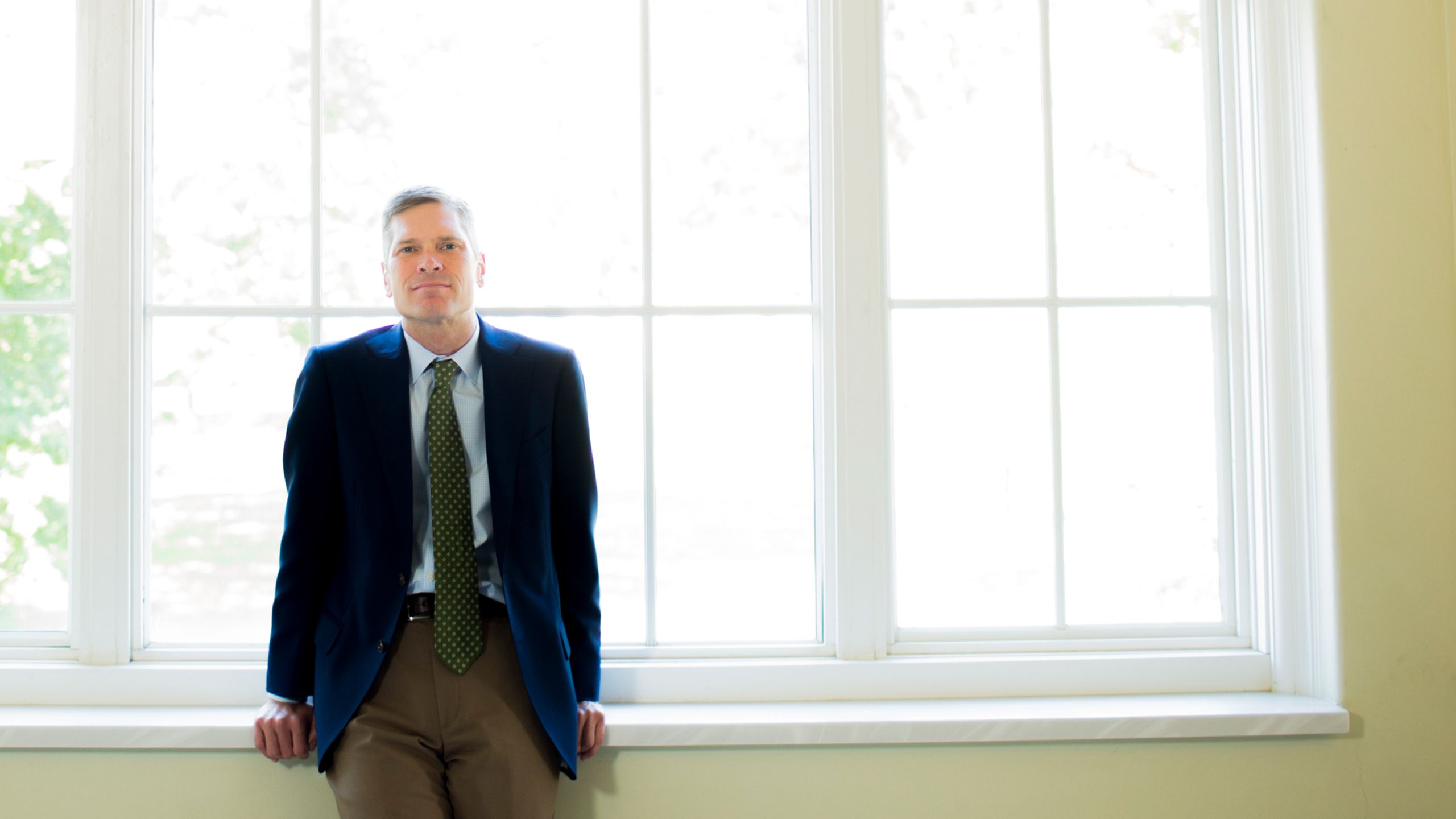

Want to know more?
Please visit Emory Magazine, Emory News Center, and Emory University.



